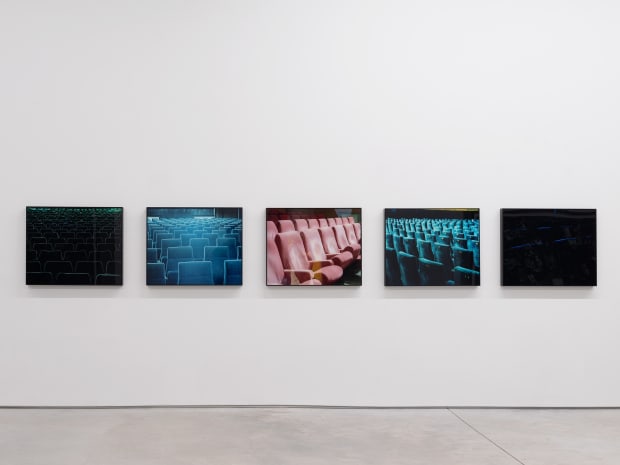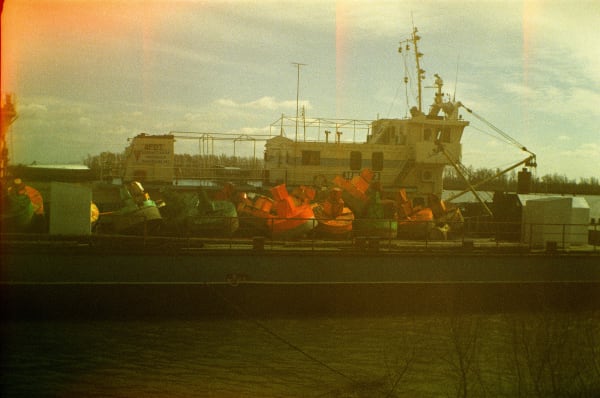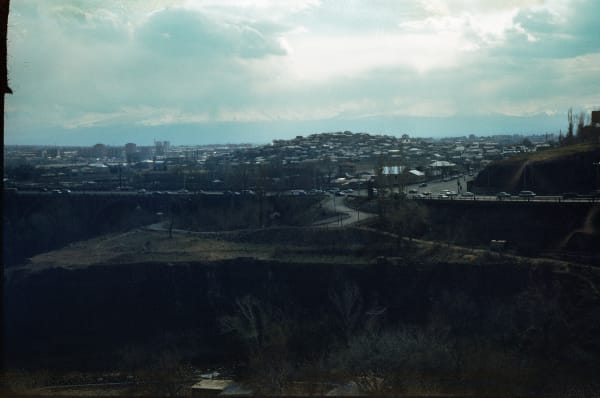-
-

Dani Ghercã, Casa Scanteii, 2016
UltraChrome inkjet print on Rag Ultra Smooth, face mounted to Diasec, 153 x 193 x 6 cm - 60 1/4 x 76 x 2 3/8 in (framed). Edition of 3 plus 2 AP.
-
 Installation view of Waiting for the Drama at Harlan Levey Projects, 2023.
Installation view of Waiting for the Drama at Harlan Levey Projects, 2023. -

View of The Poetics of Politics, Harlan Levey Projects, 2023.
From left: Michele Bressan, Waiting for the Drama, 2010; Nicu Ilfoveanu, Steampunk Autochrome, 2004-2008; Dani Gherca, No.15, 2022.
-

Michele Bressan, RABLA, 2011-2013,
Light Jet print on Hahnemuhle smooth photo rag paper, mounted on 5mm dibond support, 100 x 80 cm - 39 3/8 x 31 1/2 in (without frame). Edition of 3 plus 1 AP. -

Nicu Ilfoveanu, Portrait of the Unknown, 2022
Lambda on Duratrans® in lightbox, 150 x 120 x 18 cm - 59 x 47 1_4 x 7 1_8 in, Ed of 3+1 AP.
-

Dani Gherca, No.13, 2022, Light Jet print on Kodak Endura Pro Semimatt, face-mounted to Diasec, 185 x 292 x 6 cm - 72 7/8 x 115 x 2 3/8 in (framed), Edition of 3 plus 2 AP.
The Poetics of Politics - The Bucharest School of Photography: Group exhibition with work by Michele Bressan, Dani Ghercā and Nicu Ilfoveanu
Past viewing_room





















